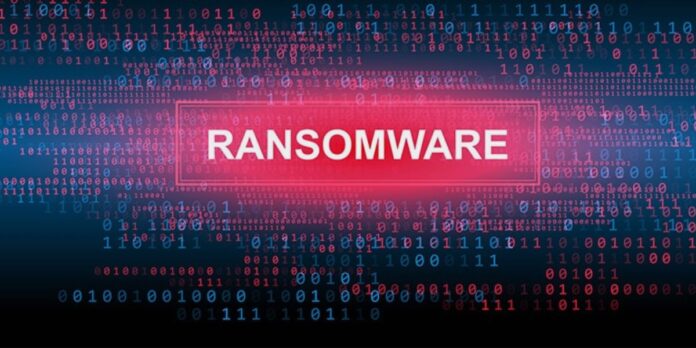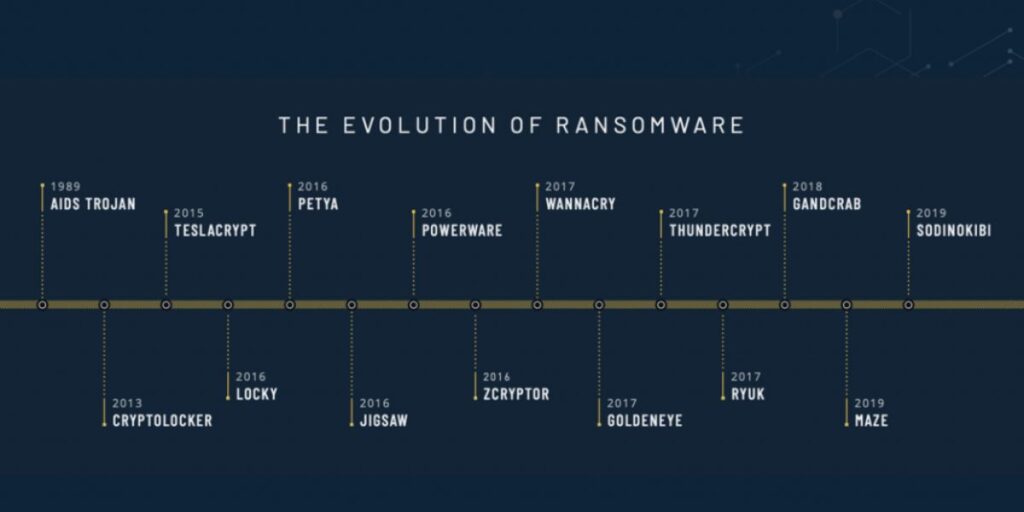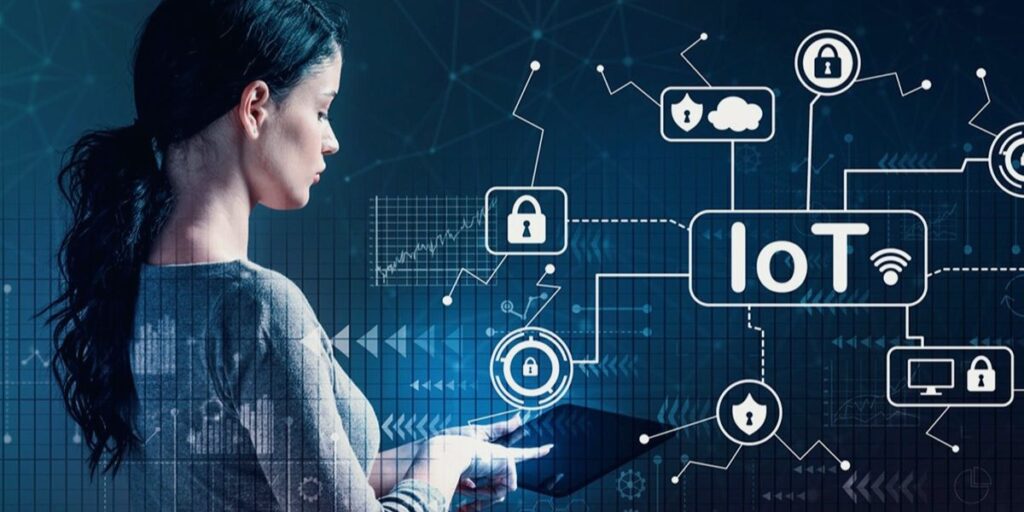Ransomware attacks have grown in both frequency and sophistication over the years, and 2024 is shaping up to be one of the most challenging years yet for cybersecurity professionals. As technology advances, so do the methods cybercriminals use to exploit vulnerabilities, with ransomware being one of the most dangerous and costly threats to businesses, governments, and individuals alike. The landscape of ransomware has shifted from simple attacks aimed at quick payouts to highly organized, targeted assaults that paralyze operations and compromise sensitive data. In 2024, ransomware threats have evolved to pose greater risks and demand more strategic defenses than ever before.
The Evolution of Ransomware
Ransomware is not a new phenomenon, but its development over time has been alarming. In the early stages, ransomware attackers typically used basic methods to lock users out of their systems and demand relatively small sums of money for the decryption key. However, in 2024, ransomware has become far more sophisticated, often involving complex. Multi-stage attacks that aim to maximize damage and extort larger sums of money.
The most notable development in ransomware attacks has been the rise of double extortion. In this scenario, attackers not only encrypt victims’ data but also steal it and threaten to release it publicly if the ransom is not paid. This tactic puts victims in a double bind, as they face the potential for both operational disruption and reputational damage. Some ransomware groups have even adopted triple extortion methods, where they target customers, partners, or stakeholders of the initial victim, amplifying the pressure to pay.
Moreover, ransomware-as-a-service (RaaS) has become a thriving underground business model. In this setup, cybercriminals sell or lease ransomware tools to other hackers, making it easier for even low-skill attackers to launch devastating attacks. This has contributed to the proliferation of ransomware campaigns worldwide, with many attackers operating from regions where law enforcement has little jurisdiction or capability to intervene.
Key Ransomware Trends in 2024
Several trends in ransomware attacks have emerged in 2024, posing new challenges for those seeking to defend against them.
-
Targeted Attacks on Critical Infrastructure
One of the most alarming trends in ransomware is the increasing focus on critical infrastructure, such as healthcare, energy, and transportation systems. In the past, cybercriminals often targeted small to medium-sized businesses. However, in 2024, they have shifted their focus toward larger targets that provide essential services. Knowing that disruptions to these sectors can have catastrophic consequences.
For instance, ransomware attacks on hospitals and healthcare organizations can put lives at risk by crippling emergency systems or preventing access to critical medical data. Energy grids, transportation systems, and even water supply chains have also been targeted, highlighting the vulnerability of the infrastructure that societies rely on.
-
Ransomware and Artificial Intelligence
Artificial intelligence (AI) has been a double-edged sword in the fight against ransomware. While AI-powered cybersecurity tools have been developed to detect and respond to ransomware attacks more effectively, cybercriminals have also begun using AI to enhance their operations. AI is now being employed to automate attacks, making them faster and more difficult to defend against. It can also be used to identify and exploit vulnerabilities in systems with greater precision.
AI is also helping ransomware groups create more convincing phishing emails and social engineering tactics. In 2024, phishing remains one of the most common entry points for ransomware attacks. And AI tools are enabling attackers to craft highly personalized emails that are far more likely to deceive recipients.
-
Cloud and IoT Vulnerabilities
As more organizations move their data and operations to the cloud and adopt the Internet of Things (IoT), the attack surface for ransomware expands. In 2024, cloud-based ransomware attacks have become more frequent. As cybercriminals have learned how to exploit misconfigured cloud environments and poor security practices.
Similarly, IoT devices, which are often deployed with minimal security measures, have become a favorite target for ransomware attackers. Compromising IoT networks can allow attackers to lock users out of smart devices or even disrupt essential services like power grids or connected transportation systems.
Financial and Operational Impacts
The financial cost of ransomware in 2024 is staggering. According to some estimates, the global cost of ransomware damages could exceed $30 billion this year. Businesses face not only ransom payments but also the costs associated with downtime, recovery, and loss of trust from customers and partners. Some organizations that refuse to pay ransom spend months or even years recovering from attacks. Losing significant revenue and sometimes going out of business entirely.
Moreover, the cost of compliance is increasing as governments and regulatory bodies impose stricter rules to protect data and systems. Many countries now require businesses to report ransomware attacks to authorities. Adding legal and reputational consequences to the already steep costs of being attacked.
Defending Against Ransomware in 2024
In response to the growing threat of ransomware, organizations in 2024 must adopt a multi-layered approach to cybersecurity. This includes:
- Employee Training: Since phishing and social engineering remain common attack vectors. Educating employees about the dangers of suspicious emails and links is crucial.
- Regular Backups: Maintaining secure, offline backups of critical data can mitigate the damage caused by ransomware encryption. However, backups should be properly configured to prevent attackers from accessing them.
- Zero Trust Architecture: By adopting a zero-trust approach to security, organizations can limit the access attackers can gain even if they manage to breach the perimeter. This involves verifying every user and device that attempts to access systems or data.
- Advanced Threat Detection: AI-powered threat detection tools can help organizations detect ransomware attacks earlier and respond more quickly, reducing the impact.
- Incident Response Plans: Every organization should have a ransomware-specific incident response plan that includes guidelines for detection, containment, communication, and recovery.
Conclusion
Ransomware threats in 2024 are more severe than ever. Driven by advancements in technology and the increasingly organized nature of cybercriminal groups. With critical infrastructure, cloud environments, and IoT networks at risk. Organizations must adopt comprehensive security strategies to defend against these attacks. As ransomware continues to evolve, staying vigilant and proactive is essential to avoid becoming the next victim in this rapidly escalating crisis.




